Optimal Timing for Concrete Installation
Concrete installation timing is crucial for ensuring durability and quality. The optimal period depends on weather conditions, temperature, and humidity levels, which influence the curing process and final strength of the concrete.
Concrete performs best when temperatures are between 50°F and 85°F. Extremes outside this range can cause cracking or improper curing.
Spring and fall typically provide moderate weather suitable for concrete work. Summer may require additional measures to prevent rapid drying, while winter demands heating or insulation strategies.
Dry, sunny days are preferred for concrete installation. Rain or high humidity can delay curing and compromise the surface quality.
Scheduling concrete work during periods with predictable weather helps avoid delays and reduces the risk of material issues.
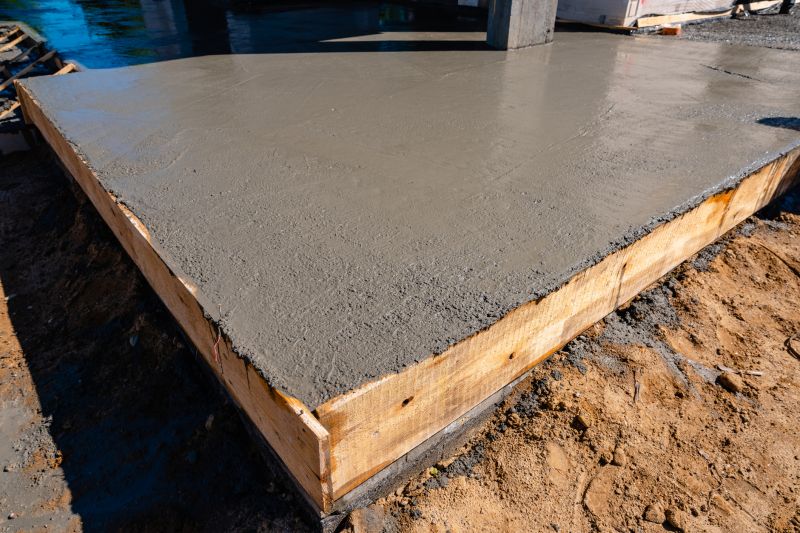
Spring offers moderate temperatures ideal for concrete installation, reducing risks associated with extreme weather.

Summer requires careful planning to prevent rapid drying and cracking, often involving watering or curing blankets.

Fall provides cooler temperatures and lower humidity, suitable for many concrete applications.

Ways to make Concrete Installations work in tight or awkward layouts.

Popular materials for Concrete Installations and why they hold up over time.
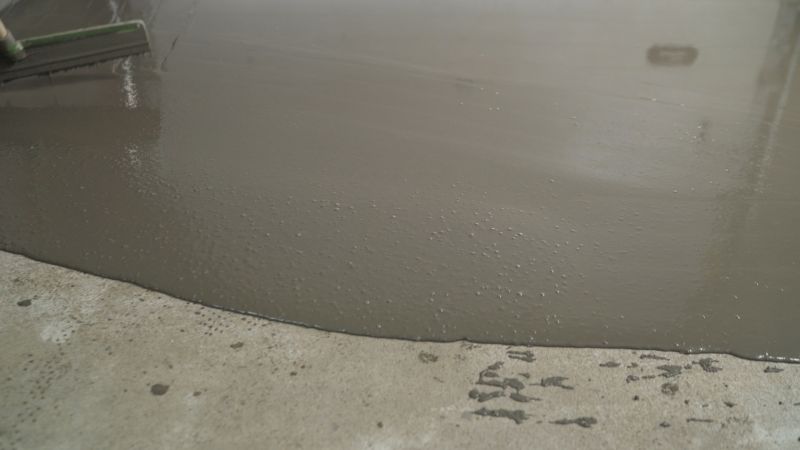
Simple add-ons that improve Concrete Installations without blowing the budget.
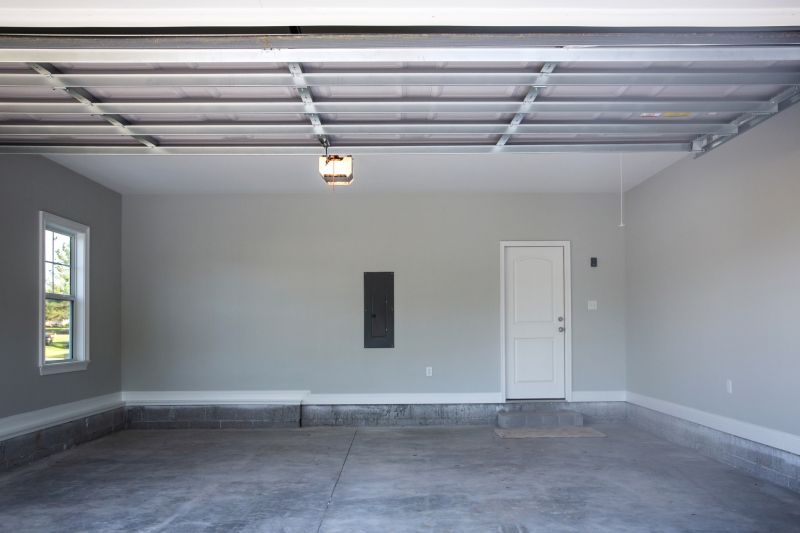
High-end options that actually feel worth it for Concrete Installations.

Finishes and colors that play nicely with Concrete Installations.
| Season | Optimal Conditions |
|---|---|
| Spring | Moderate temperatures, low humidity, minimal rain |
| Summer | Warm temperatures, high risk of quick drying, need for curing measures |
| Fall | Cooler temperatures, low humidity, suitable for installation |
| Winter | Cold temperatures, risk of freezing, requires heating or insulation |
Concrete installations require careful planning to match weather conditions that support proper curing and strength development. Temperature fluctuations significantly impact the setting process, influencing the long-term performance of the structure. Proper scheduling during favorable seasons minimizes issues such as cracking, scaling, or delayed curing, ensuring a durable finished product.

Scheduling during early summer helps avoid extreme heat and allows for proper curing techniques.
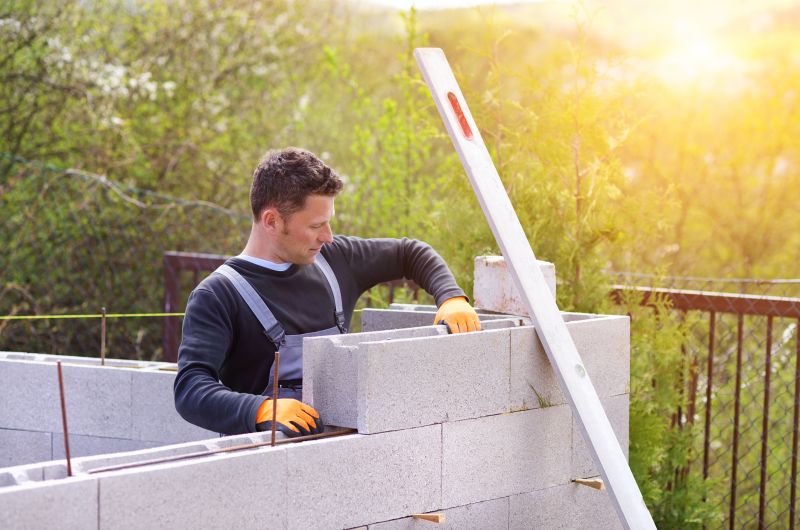
Winter installation requires additional measures like heated enclosures to prevent freezing.
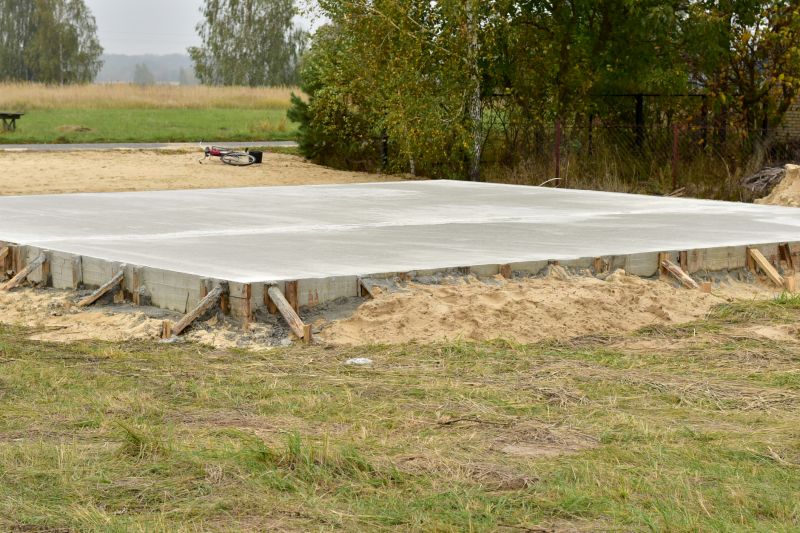
Spring offers a balance of moderate weather suitable for various concrete projects.
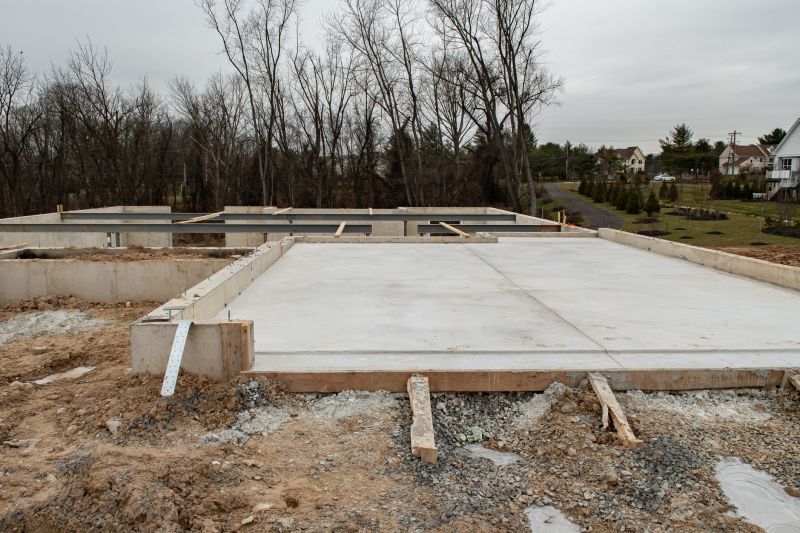
Fall provides cooler, stable conditions ideal for many types of concrete work.
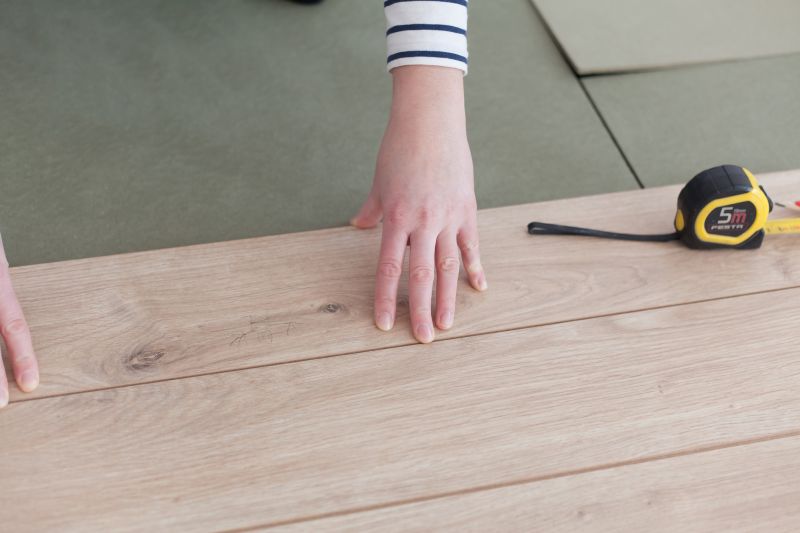
Little measurements that prevent headaches on Concrete Installations day.
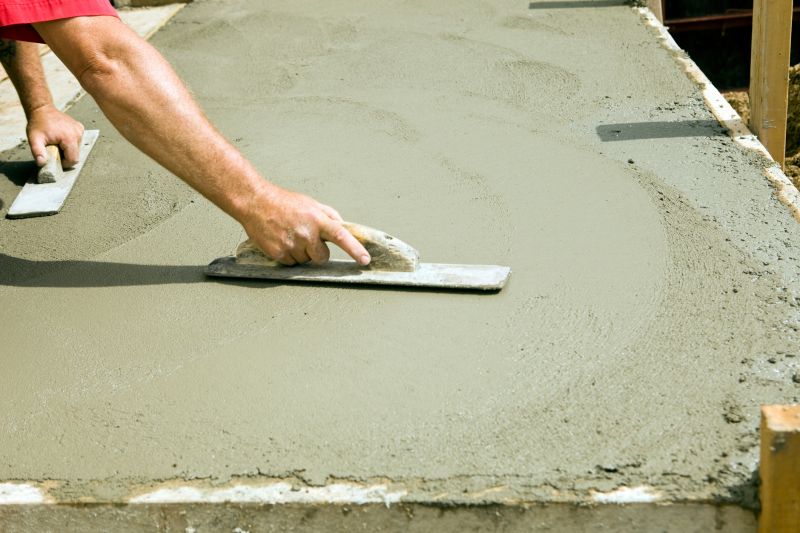
A 60-second routine that keeps Concrete Installations looking new.
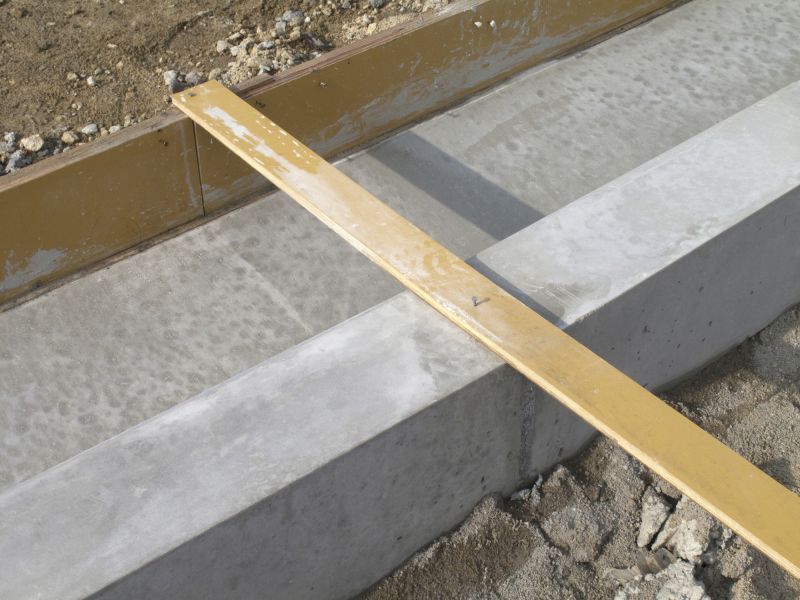
A frequent mistake in Concrete Installations and how to dodge it.
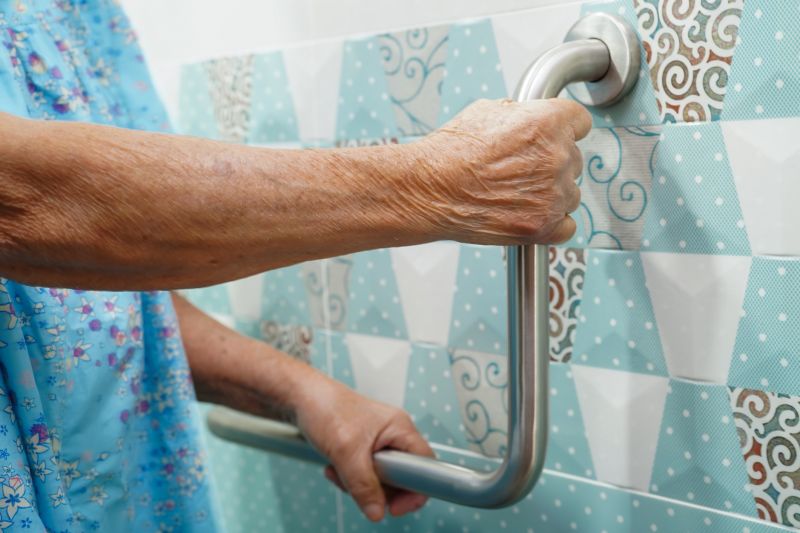
Small tweaks to make Concrete Installations safer and easier to use.
Choosing the right time for concrete installation enhances the quality and lifespan of the finished surface. Proper timing reduces the risk of common issues such as cracking, scaling, and surface imperfections. It also ensures that curing processes occur under optimal conditions, leading to stronger, more durable concrete structures.
Professional guidance can help determine the best time for concrete installation based on local climate conditions.
Planning includes preparing for unexpected weather to ensure project continuity and quality.
Timing concrete work appropriately contributes to reduced maintenance and increased longevity.
Interested in scheduling concrete installations? Filling out the contact form provides the necessary details to plan and execute projects effectively, ensuring optimal results tailored to local weather patterns.
